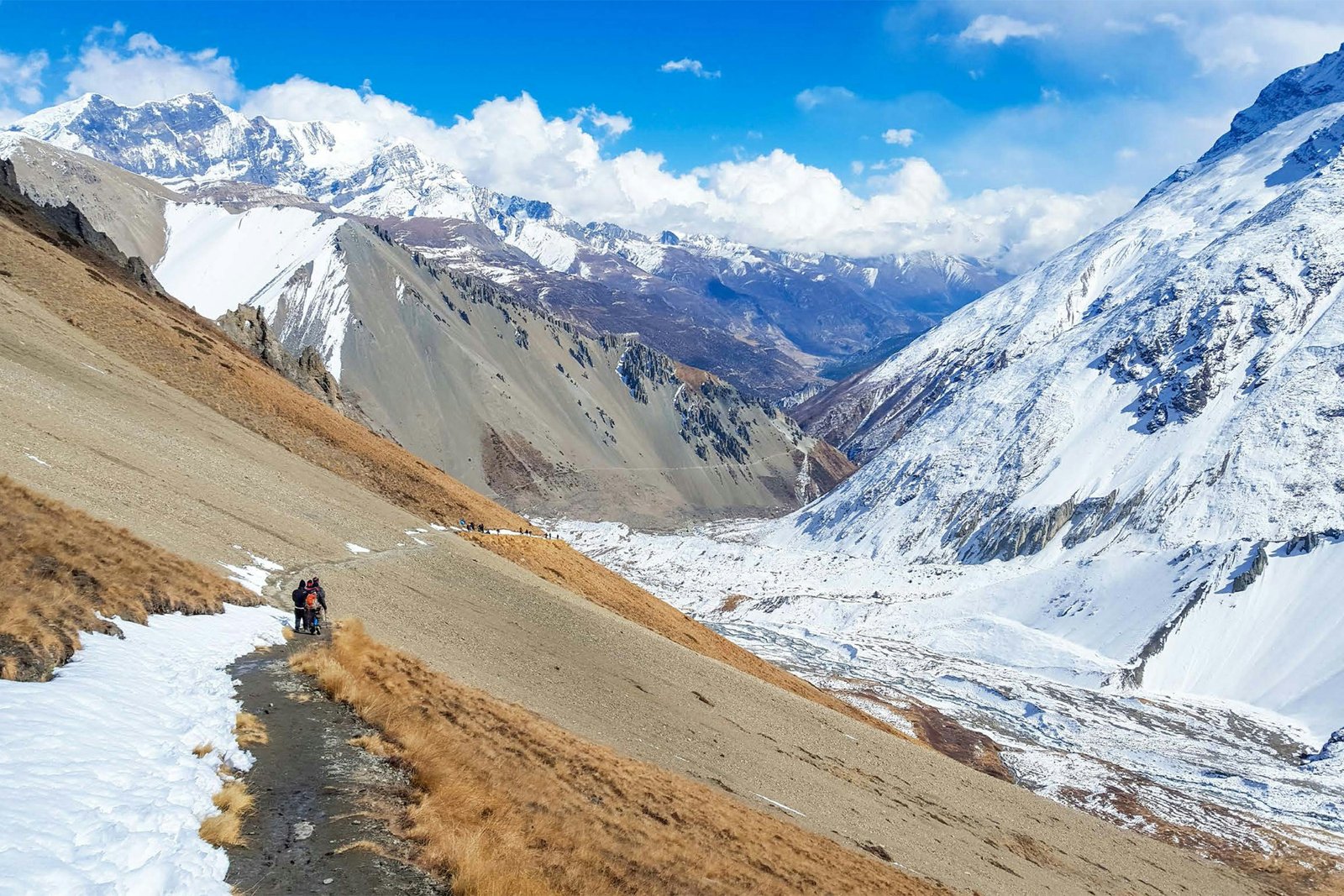Introduction
Welcome to the land of towering peaks and serene landscapes, where the call of adventure beckons the hearts of trekkers worldwide. Nepal, with its rugged trails leading to the foot of the mighty Himalayas, offers an experience that is both daunting and exhilarating. In this guide, we’ll explore every aspect of planning your Nepalese trekking journey, from choosing the best time to go, to the essential tips for ensuring a safe and memorable adventure. So strap on your hiking boots and let’s start planning the trek of a lifetime!
Understanding the Best Time to Trek in Nepal
The majestic trails of Nepal are open all year round, but knowing when to visit can make all the difference. Nepal’s trekking seasons are primarily dictated by its monsoon and dry periods. The most popular times to trek are during the pre-monsoon season from March to May and the post-monsoon season from late September to November. These months offer clear skies, manageable temperatures, and the best mountain visibility. Be mindful, however, that weather patterns can be unpredictable, so always prepare for the unexpected.
Choosing Your Trek: Popular Routes and Hidden Gems
When it comes to treks in Nepal, the Everest Base Camp and Annapurna Circuit are the stars of the show. These iconic routes promise breathtaking views and challenging hikes. But for those seeking the road less traveled, the Manaslu Circuit and the Upper Mustang trek offer solitude and unspoiled beauty. Each trail has its unique allure, so consider your fitness level, time constraints, and what you want to get out of your trek when making your choice.
Physical Preparation for Your Trek
To fully enjoy your trek, you’ll need to be in good shape. Start training months in advance with cardio, strength training, and hiking to build endurance. Acclimatization is also crucial to avoid altitude sickness. Plan for gradual ascents and possibly schedule acclimatization days to let your body adjust to the higher elevations.
Visa and Permit Requirements
Before lacing up your boots, ensure you have the right paperwork. Most travelers can obtain a visa on arrival in Nepal, but it’s best to check the latest regulations before you leave. For trekking, you’ll need a TIMS card and specific area permits, obtainable in Kathmandu or Pokhara. Keep these documents handy, as you’ll need to present them at various checkpoints.
Packing Essentials: What to Bring on Your Trek
A successful trek hinges on packing smart. Your checklist should include a sturdy pair of boots, weather-appropriate clothing, a sleeping bag, and a first-aid kit. Remember, it’s a balancing act between being prepared and keeping your pack light, so stick to the essentials and consider multi-functional gear.
Accommodation Options Along the Trails
From cozy teahouses to guest lodges, Nepal’s trails offer a range of accommodations. Booking in advance isn’t always necessary, but it can provide peace of mind during peak seasons. Embrace the simplicity of these mountain abodes and the warmth of Nepalese hospitality.
Navigating Health and Safety While Trekking
Altitude sickness is a real concern, so familiarize yourself with its symptoms and prevention measures. Stay hydrated, ascend slowly, and listen to your body. For general safety, trek with a buddy, keep to the marked trails, and always inform someone of your plans.
Hiring Guides and Porters
Hiring local guides and porters can enrich your trekking experience. Not only do they provide valuable insights and support, but they also contribute to the local economy. Ensure that you hire through a reputable company and that your porters are equipped and insured.
Budgeting for Your Trek
Trekking in Nepal can be tailored to various budgets. Costs include permits, gear, accommodations, food, and possibly guides or porters. To save money, consider trekking in a group, renting gear, or choosing less popular routes.
Cultural Etiquette and Responsible Trekking
Respect for local customs is paramount. Dress modestly, ask permission before taking photos, and be mindful of sacred sites. Practice leave-no-trace principles and support eco-friendly initiatives to preserve Nepal’s natural beauty for future generations.
Insurance and Emergency Preparedness
Invest in comprehensive travel and trekking insurance covering emergency evacuation and medical expenses. Always carry a basic first-aid kit, know the location of the nearest medical facilities, and have a plan in case you need to cut your trek short.
Conclusion
Trekking in Nepal is more than a physical journey; it’s an exploration of self amidst the grandeur of nature. With careful planning and an open heart, you can embark on an adventure that will leave you with stories of epic landscapes and cultural encounters. So go ahead, take the leap and plan the adventure that awaits in the Himalayas. The mountains are calling!

